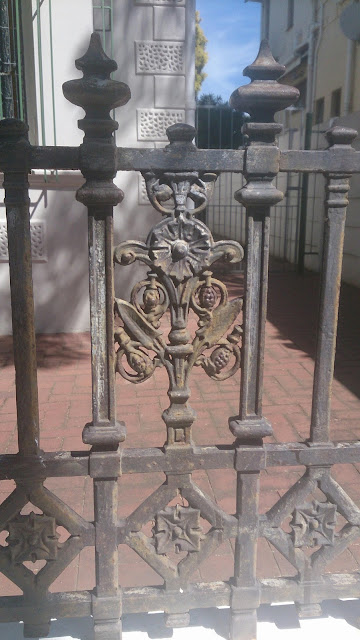I forged the lily shape in silver, starting from a bar ingot. All forming and finishing was done with hammer and anvil/steel block.
It occurred to me as I was working that I have ventured into the domain of the silversmith so I will investigate where skills overlap from the disciplines of the silversmith, goldsmith and blacksmith.
I think the main difference may be that a silversmith would start with sheet metal, cut a basic shape and then form it, where I'm starting with the blank, forging the flat shape and then shaping it.
I would like to bring my hammering techniques up to a point where all finishing is done with a polished hammer face and steel block. Then I'd like to add elements made in a more traditionally jewellery fashion, filling, sanding, setting and polishing to counterbalance the hammered finish.
I'm also going to look at making paper preforms and rolling them to see what exact shape I should be forging toward in the flat stage.






























